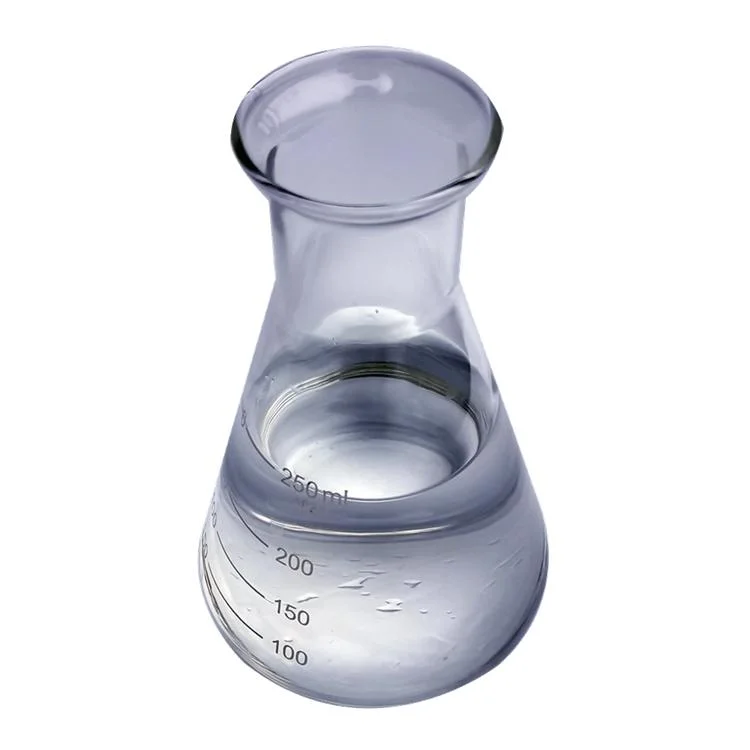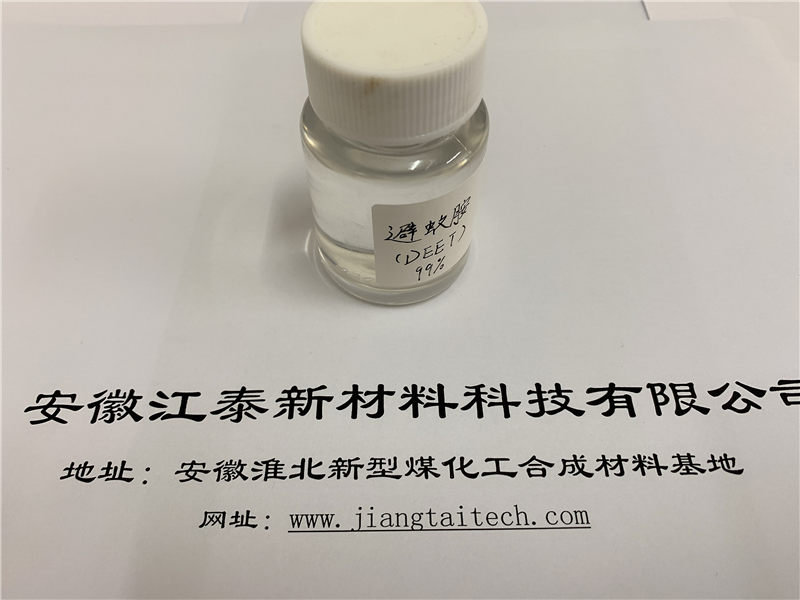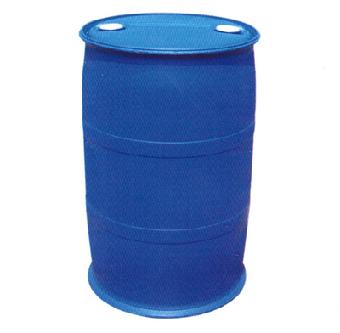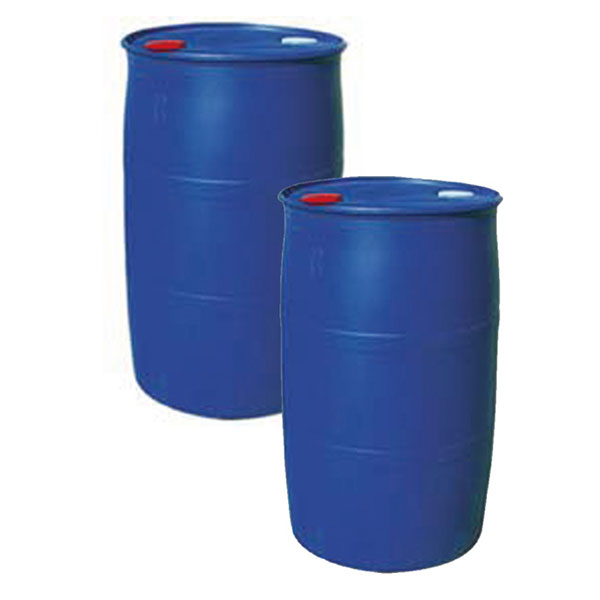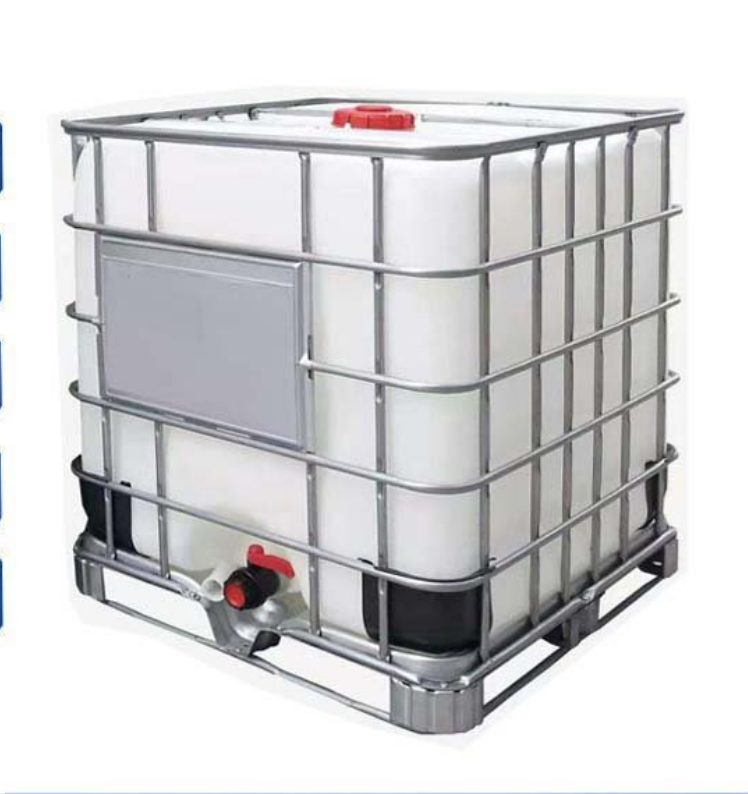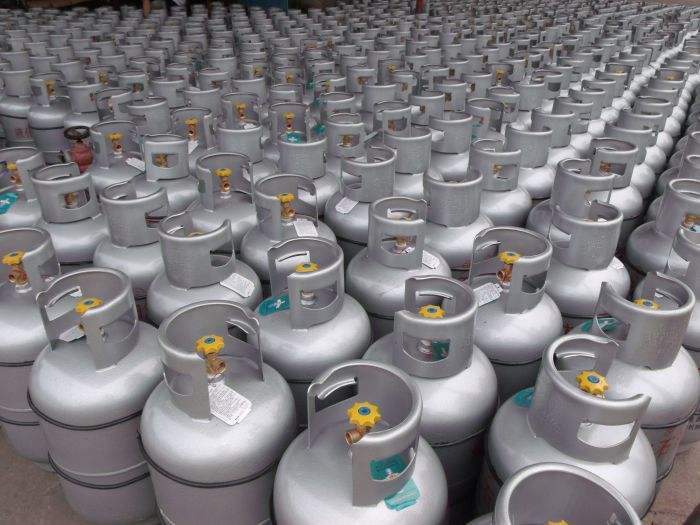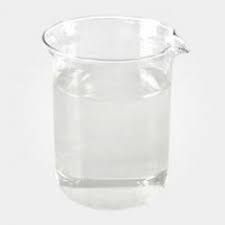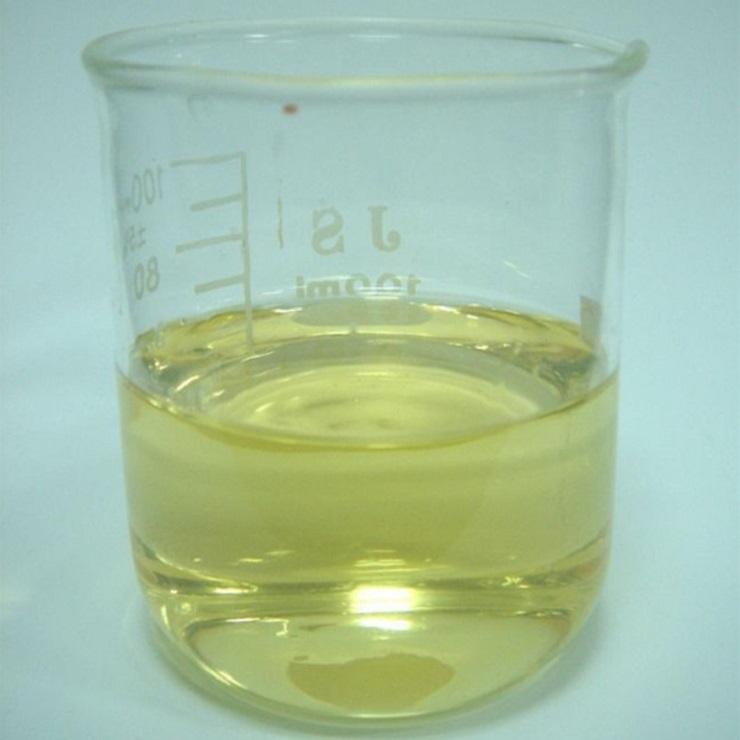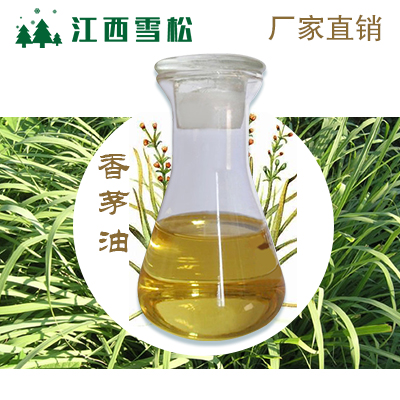CAS:134-62-3
Molecular Formula:C12H17NO
Alias
More Information
DEET; Diethyl Toluamide; N,N-Diethyl-3-Methyl-Benzamide; Delphene; N,N-Diethyl-3-Methylbenzamide; Flypel; Detamide; Dieltamid; Diethyltoluamide; Metadelphene; N,N-Diethyl-Meta-Toluamide(Mosquito Repellent Chemical); N,N-Diethyl m-Methylbenzamide
Brief Introduction
DEET, the chemical name of DEET, is a broad-spectrum insect repellent. It can repel a variety of human biting insects in various environments. It can repel thorn flies, midges, black flies, Chigger Mites, deer flies, fleas, Simulium, horseflies, mosquitoes, sand flies, small flies, barn flies and ticks. DEET was developed and patented by the U.S. Department of agriculture during World War II. The product was designated as a mosquito repellent product for the U.S. Army in 1946. In 1957, it was registered as an insect repellent by the U.S. Environmental Protection Agency. It was first used as an insecticide on farms. Later, the U.S. government applied for its use in wartime, especially in Vietnam and Southeast Asia. According to the statistics of the U.S. Environmental Protection Agency, nearly 40% of Americans use insect repellent containing DEET every year, which has been used by about 200 million people around the world for more than 40 years, Studies by more than 20000 research units have proved that DEET is the safest and most effective broad-spectrum repellent on the market. The World Health Organization also recommends the use of repellent products containing DEET to prevent the invasion of disease vectors. It is often mixed with other insecticides, but its toxicity will increase when mixed with carbamate insecticides.
Suppliers
View More Vendors (4) >
CAS:50-00-0
Molecular Formula:CH2O
Alias
More Information
Formol; Oxymethylene; Methanal; Formic Aldehyde; Morbicid; Formalin; Superlysoform; Methyl Aldehyde; Methylene Oxide; Lysoform; Hcho; Oxomethylene; Methylene Glycol; Formalith; Fannoform; Oxomethane; Formaldehyda
Brief Introduction
Formaldehyde is an important organic raw material, which is mainly used in plastic industry (such as phenolic resin, urea formaldehyde plastic electric jade), synthetic fiber (such as synthetic vinylon polyvinyl formal), leather industry, medicine, dyes, etc. Formalin has the ability of sterilization and antisepsis. It can soak biological samples. Its dilute solution (0.1-0.5%) can be used to soak seeds and disinfect seeds in agriculture. Catalytic oxidation is commonly used in industry to produce formaldehyde from methanol. Formaldehyde can react with silver ammonia solution to produce silver mirror, so that a thin layer of metallic silver as bright as a mirror is attached to the inner wall of the test tube (combined silver is reduced and formaldehyde is oxidized); It reacts with the newly prepared copper hydroxide suspension to form red precipitated cuprous oxide.
Suppliers
View More Vendors (4) >
CAS:106-22-9
Molecular Formula:C10H20O
Alias
More Information
Cephrol; 1-Citronellol; 2,6 Dimethyl 2 Octen 8 Ol; Elenol; Rodinol; 3,7-Dimethyl-Oct-6-En-1-Ol; Rhodinol; 3,7-Dimethyl-6-Octen-1-Ol; 3,7-Dimethyl-6-Octenol; 2,6-Dimethyl-2-Octen-8-Ol; (+/-)-Citronellol
Brief Introduction
This product is mainly used for the preparation of perfume essence, soap and cosmetic essence. It is also used as an insecticide and mosquito repellent.
Suppliers
View More Vendors (2) >
CAS:133-53-9
Molecular Formula:C8H8Cl2O
Alias
More Information
Deept; 2.4-Dichlor-5-Hydroxy-M-Xylol; Prinsyl; Dcmx; 2.4-Dichlor-Symm.-M-Xylenol; Ottacide; Dichloroxylenol; 2,4-Dichlor-3,5-Dimethyl-Phenol; 2,4-Dichloro-M-Xylenol; Dixol; 2,4-Dichloro-3,5-Xylenol; Phenol, 2,4-Dichloro-3,5-Dimethyl-; Hewsol; Dichloro-M-Xylenol; 2,4-Dichloro-3,5-Dimethylphenol (Dcmx); 2,4-Dichloro-5-Hydroxy-M-Xylene; 2,4-Dichloro-1,3-Xylenol
Brief Introduction
2,4-Dichloro-3,5-dimethylphenol is a safe and effective antiseptic agent. It is easily soluble in alcohol, ether, ketone and other organic solvents, but insoluble in acid solutions.
CAS:27519-02-4
Molecular Formula:C23H46
Alias
More Information
Muscalure; cis-9-Tricosene; (Z)-Tricos-9-ene; 9-Tricosene, (9Z)-; cis-Tricos-9-ene; 9-Tricosene, (Z)-; 9Z-Tricosene; (9Z)-Tricosene; Muscamone; (9Z)-9-Tricosene; (9Z)-Tricos-9-ene; Z-9-Tricosene; Tricosene, Z-9-; (Z)-9-Tricosene, 97%; 9Z-Tricosene CAS 27519-02-4; Muscalure, Pestanal(R), Analytical Standard; Z 9 Tricosene; Z 9
Brief Introduction
(Z)-9-Tricosene is used as a sexual induction of female and male flies, and interference matches. Sometimes it is mixed with poison and pesticides.
Inquiry (
10
/ 10
)
Clear All
Sign In
Error!

